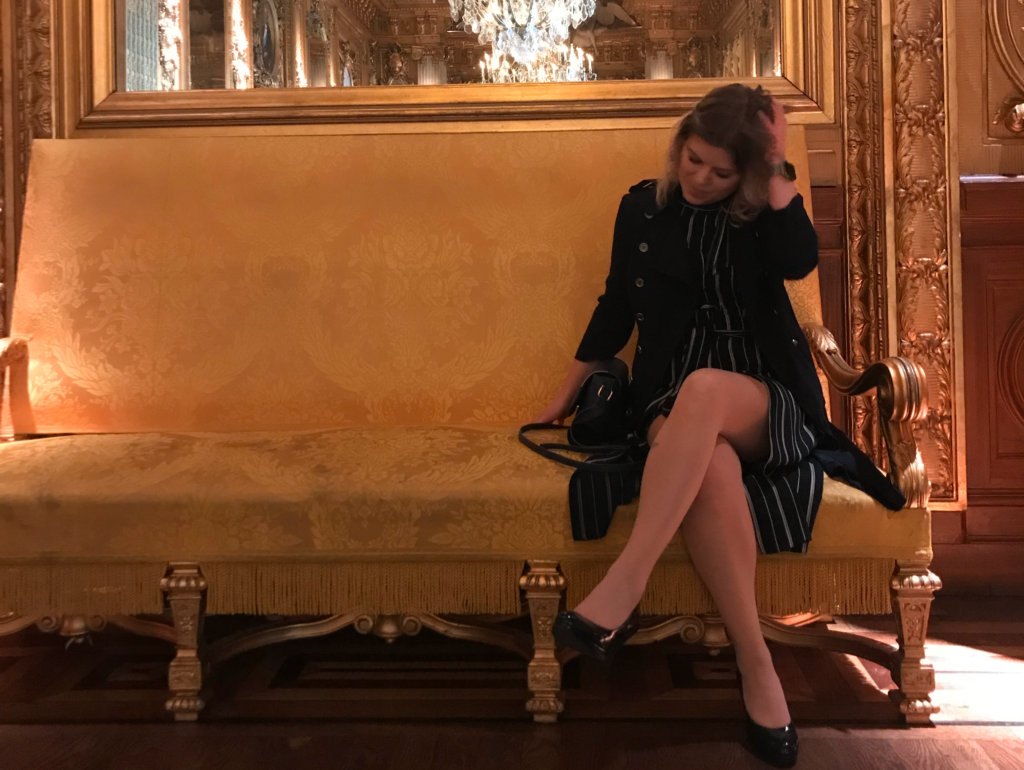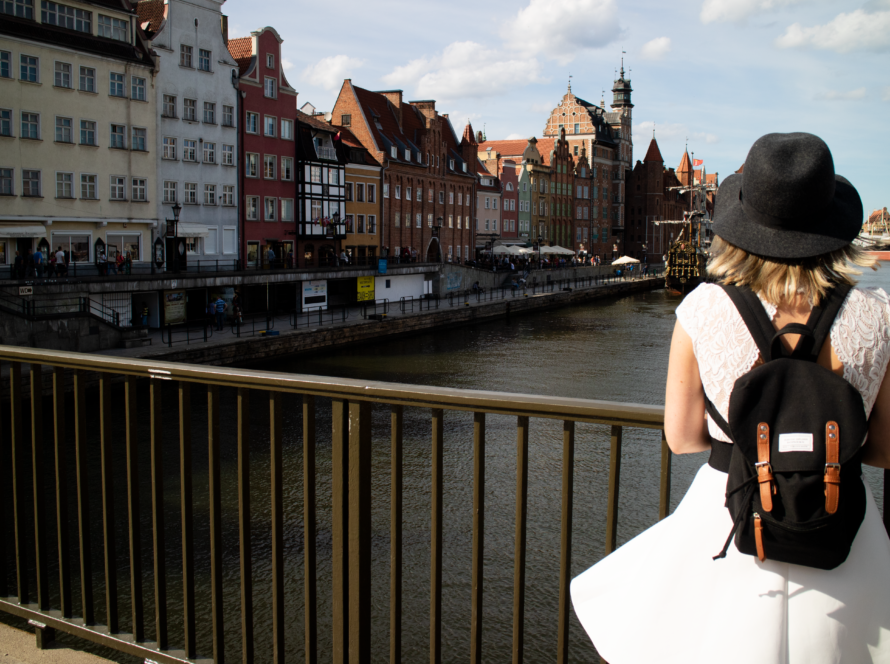Imagine going to art exhibitions, reading books, watching theater, film or opera and then writing about your experiences. It sounds like the dream. Getting paid for your opinions. Forming opinions on things that interest me. It quickly turns out that writing reviews is more complex than that.
We live in a time when everyone is a critic in social settings and on the internet. We tell each other about things we like and warn each other about things we don’t like. When I read reviews in a newspaper, I also want to know why a theater production or book is being praised or denigrated. I expect more from a professional reviewer than from my friends when they praise or criticize an aesthetic work.
When writing a review, I sometimes find it difficult to determine which opinions are my own and which I have picked up from others. Especially on occasions when I neither hate nor love what is being reviewed. Some things were good, others not so good. Which angle should I choose? Is it best to focus on what was good or what can be done better? Should I look at the audience and describe their reactions? Should I address what other reviewers missed?
Or maybe I’ve missed the point entirely. Because we are influenced by what others think. No matter how independent in my opinions I consider myself to be, I should be aware that as a critic I am influenced by and relate to others in the same field. We are social creatures who adapt to fit into the group. Taking a position that goes against what others think can be lonely.

What makes cultural journalism interesting is that it can be subjective. However, that doesn’t mean that you don’t have to substantiate your arguments, quite the contrary. In a course I am taking, we were given the task of analyzing critics’ reviews of Jenny Wrangborg’s poetry collection “Vad ska vi göra med varandra”. The sequel to Wrangborg’s acclaimed debut “Kallskänken”.
“Vad ska vi göra med varandra” has been both praised and criticized by critics. They use rhetorical tricks and sharp argumentation to highlight their views on the work. It is interesting to see how the writers work. The angles they choose and the theses they pursue. Their different interpretations of the collection make me curious to read and form my own opinion.
As a critic, it is important to stand behind what you write, as it may later be used by others. For example, if you go to Adlibris.com to read about “Vad ska vi göra med varandra” you will find this quote taken from Therese Bohman’s review Kalla fakta 2014-02-15: “Wrangborg’s formulations are both crushingly obvious and staggeringly beautiful. Sometimes she captures the city of Stockholm perfectly, in such evocative images that I see them in front of me as magnificent paintings.”
If you read the entire review, you will see that Bohman criticizes Wrangborg’s poetry collection quite harshly. It is interesting to see how Adlibris chooses to highlight a positive sentence from a critical text for PR purposes. So this thing about reviewing aesthetic works may not be as easy as it first seemed. But still interesting.


